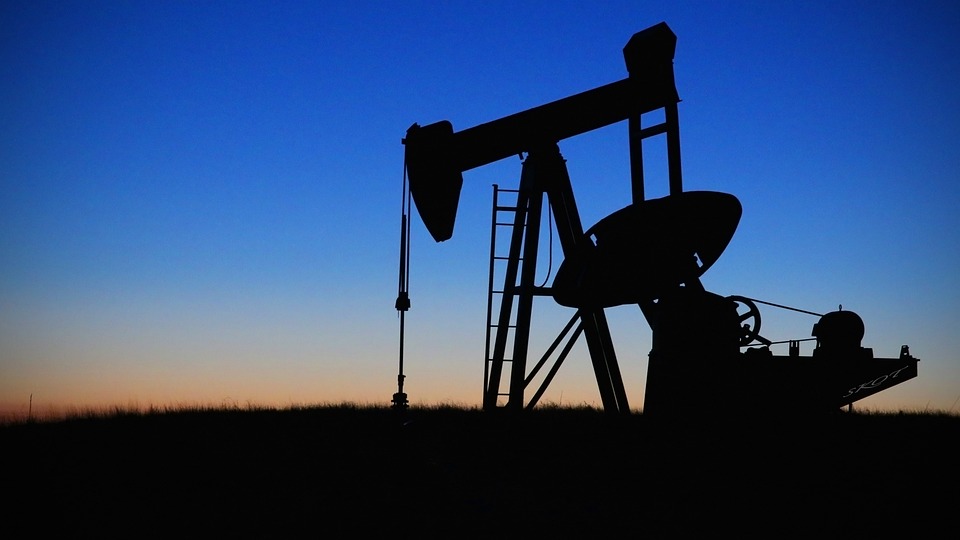 Image Source:
Image Source:
According to the latest from the U.S. Energy Information Administration, year-to-date daily average oil production is 13.2 million barrels per day. That is 6.5% higher than last year’s record production of 12.5 million BPD.This ongoing growth in U.S. oil output remains a key driver of the global energy market. U.S. crude oil production will almost certainly set a second consecutive record this year, reflecting strong demand and advances in extraction technologies, particularly in shale oil.The surge in U.S. oil production can be attributed to several key factors that have significantly transformed the industry over the past two decades.A major driver is the shale oil boom. Advances in hydraulic fracturing (fracking) and horizontal drilling have unlocked vast oil reserves in shale formations, particularly in areas like the Permian Basin in Texas and New Mexico. These technologies have allowed producers to access oil that was previously economically inaccessible, contributing to a significant increase in domestic production.Another critical factor is the role of technological advancements. Improvements in extraction techniques and drilling processes have led to greater well productivity. This means producers can extract more oil from existing fields, often at a lower cost. Enhanced drilling precision and data analytics have helped reduce operational inefficiencies, making U.S. oil production more resilient and cost-effective.In addition, investment in infrastructure has played a significant role in supporting higher production levels. The expansion of pipelines, refineries, and export terminals has made it easier to transport and process large volumes of oil, ensuring that producers can meet both domestic and international demand. This infrastructure has also facilitated the U.S.’s rise as a major crude oil exporter.Global oil demand has also spurred the increase in production. As economies recover from the disruptions caused by the COVID-19 pandemic, oil consumption has rebounded, particularly in rapidly growing regions like Asia. This has helped keep global oil prices at a healthy level for producers. The U.S., with its abundant oil supply, has been able to capitalize on this demand by exporting more crude oil to international markets.The favorable regulatory environment in the U.S. has further bolstered the industry. Energy policies in recent years have generally supported oil and gas exploration, providing incentives for the continued development of domestic resources. This has encouraged producers to ramp up operations and increase output.Finally, the recovery in oil prices has incentivized more production. After the sharp decline in oil prices during the pandemic, prices have rebounded, making many previously unprofitable projects viable once again. Higher prices have led producers to resume drilling and invest in new projects, contributing to the ongoing surge in U.S. oil production.These factors combined have propelled the U.S. to record production levels, solidifying its position as a global energy leader.More By This Author:Why OPEC’s Decisions Impact The U.S.Which President Was Best for Oil Drilling?The Reality of the Energy Transition
Why U.S. Oil Production Is Up 6.5% In 2024

